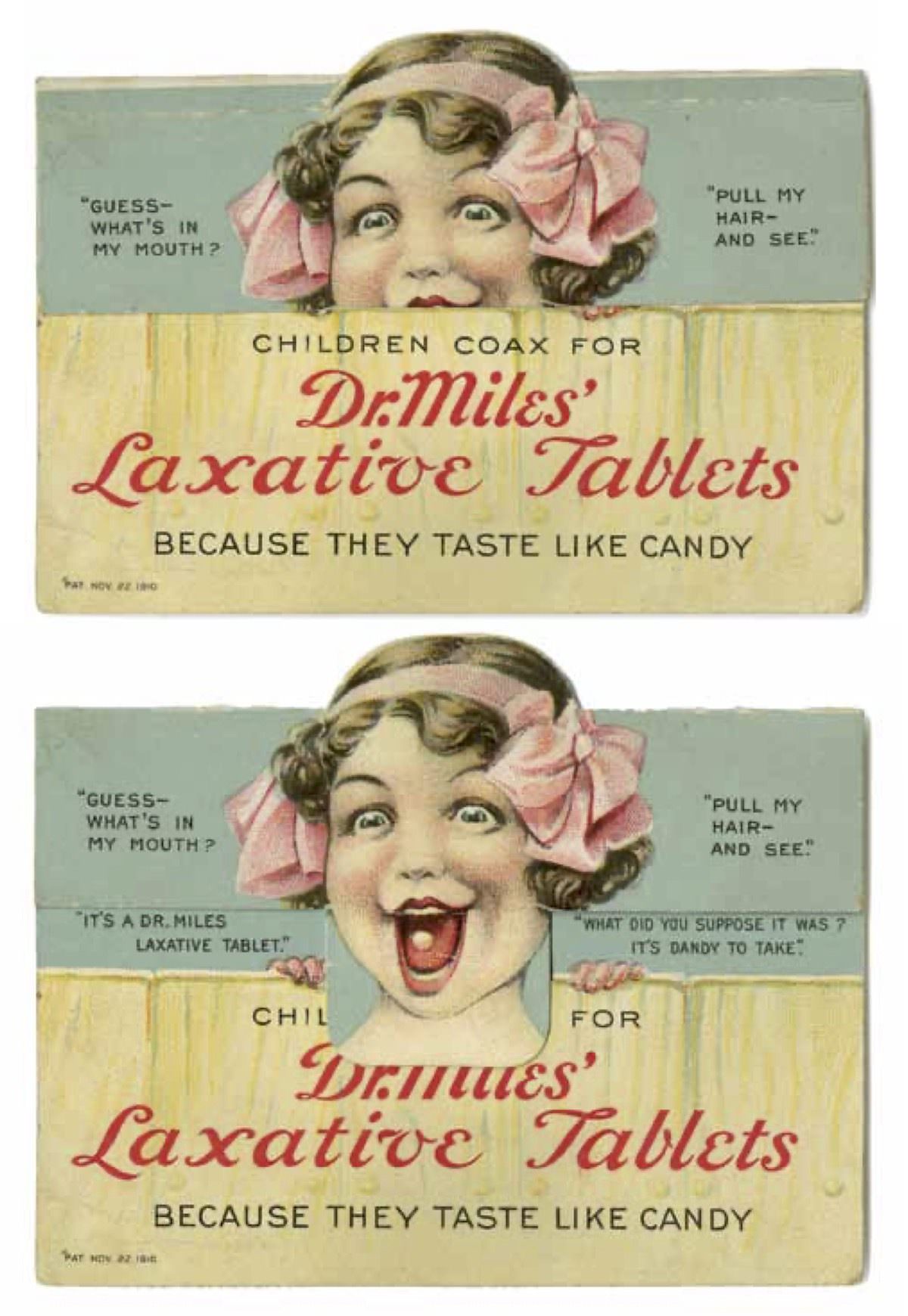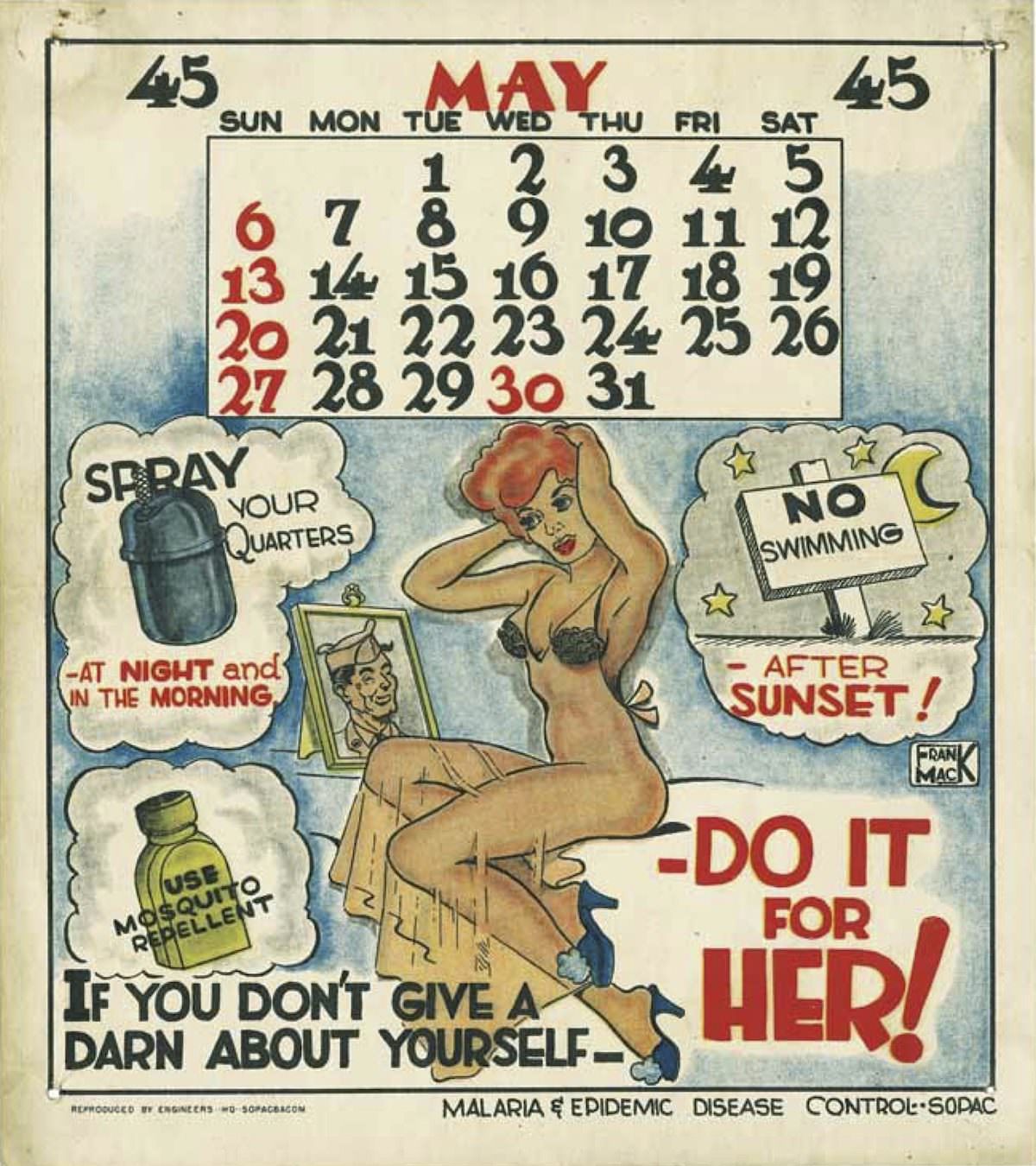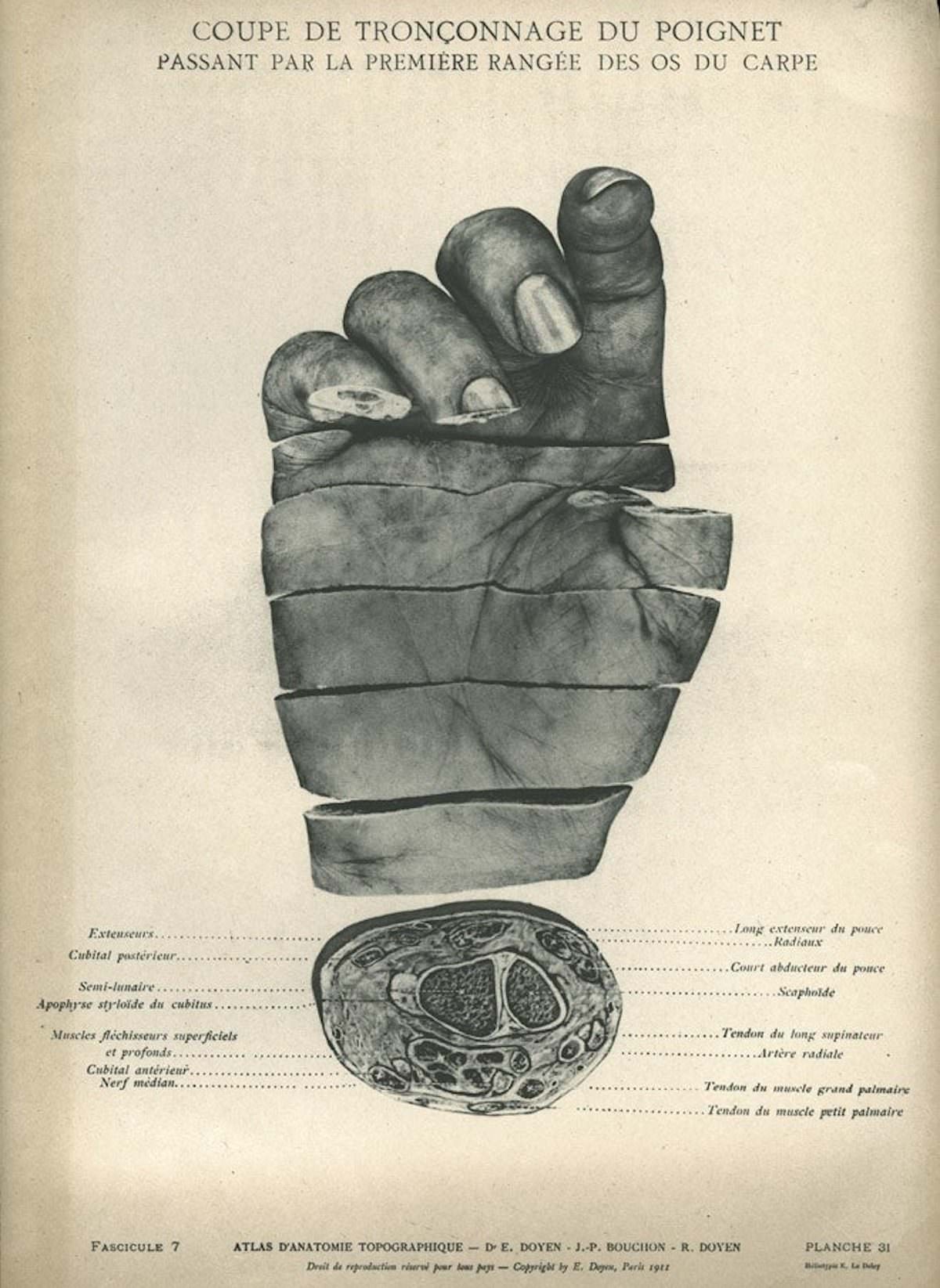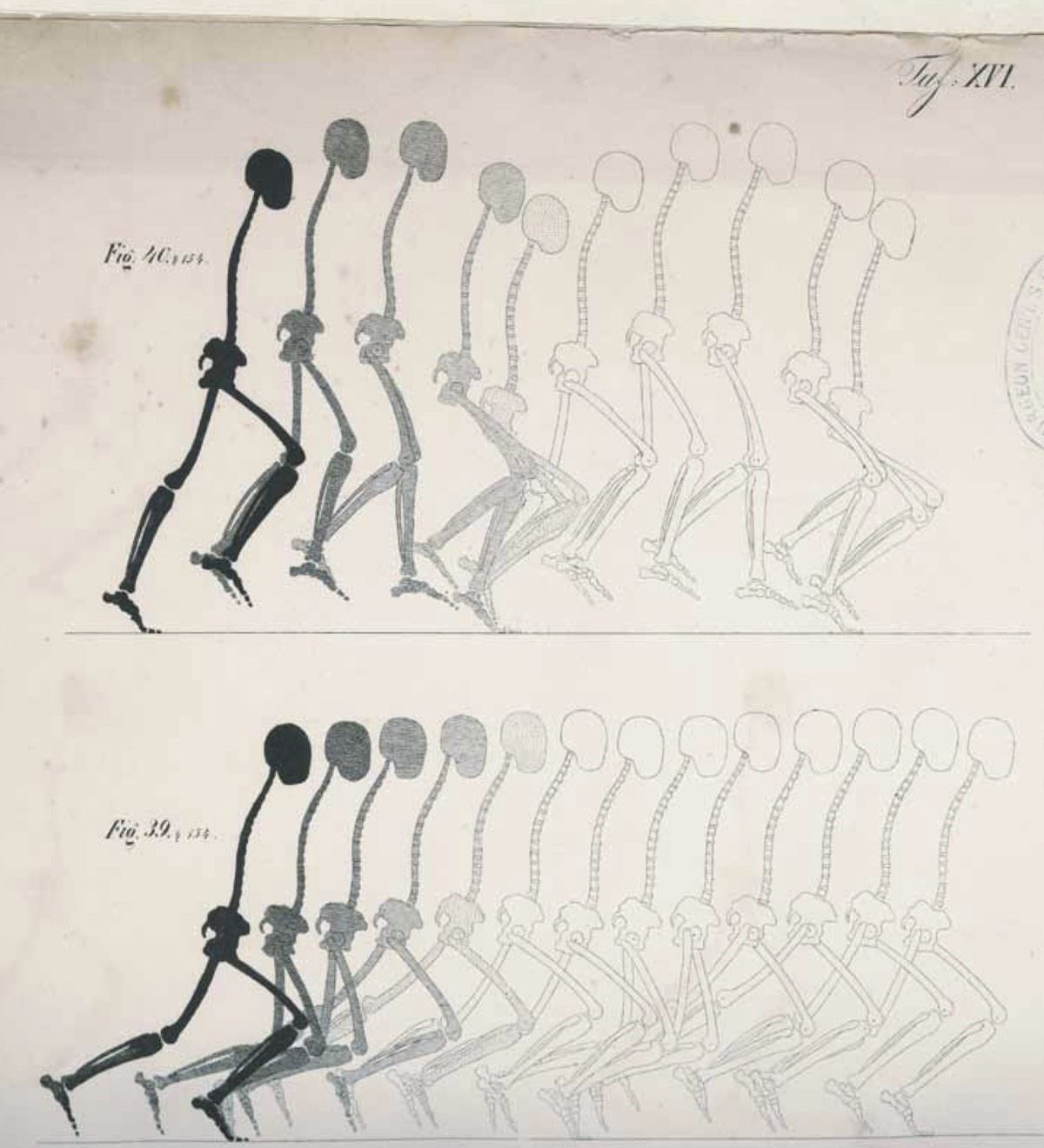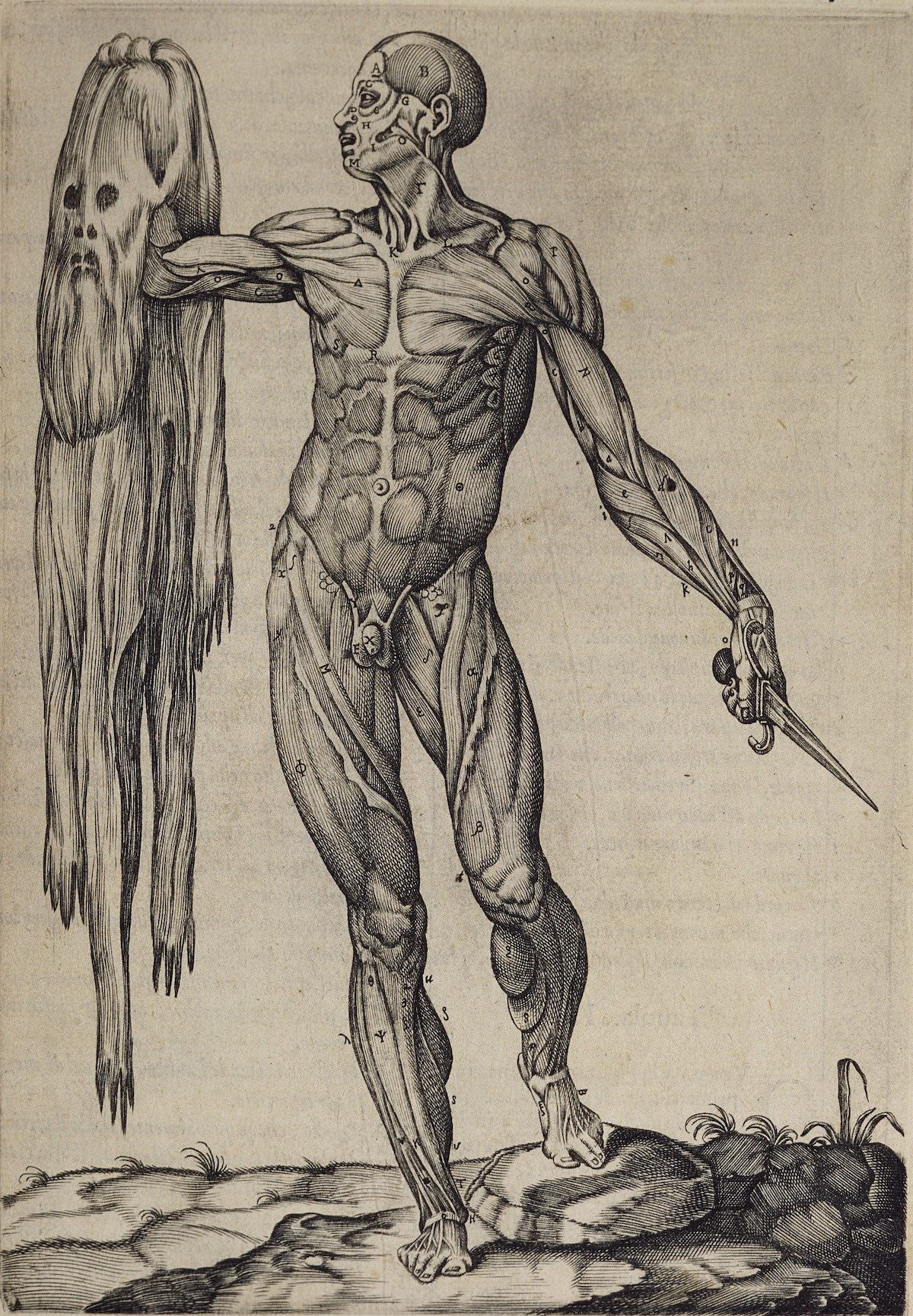The US National Library of Medicine isn’t just your average library. Sure, it houses millions of books and journals about medicine, but it also holds a treasure trove of bizarre and fascinating items. We’re talking about a collection that goes beyond textbooks and delves into the downright weird and wonderful. Let’s explore some of the most unusual objects tucked away in this massive archive.
Ever imagined seeing an X-ray of one of history’s most infamous figures? Well, the National Library of Medicine actually has an X-ray of Adolf Hitler’s skull. This chilling artifact was taken after the failed assassination attempt on Hitler in 1944. It’s a stark reminder of the historical context surrounding medicine and how it intersects with major world events.
Moving from the 20th century to the 19th, the library also houses a collection of graphic illustrations from early surgical manuals. These images offer a glimpse into the often-gruesome world of surgery before modern anesthesia and sterile techniques. While they might make you squirm, they provide valuable insight into the evolution of medical practices and the incredible advancements we’ve made.
Speaking of advancements, imagine a time before antibiotics, when skin conditions were often mysterious and difficult to treat. The library has a unique window into this past with images from an 1887 Russian book on clinical dermatology. These illustrations, though sometimes unsettling, document various skin diseases and showcase the challenges faced by early dermatologists.
The strangeness doesn’t stop there. The library also holds a collection of anatomical flap books from the 16th and 17th centuries. These intricate books feature layers of paper flaps that lift to reveal the inner workings of the human body. They were used as educational tools for medical students, offering a hands-on way to learn about anatomy before the advent of modern technology.
And what medical collection would be complete without some bizarre medical devices? The National Library of Medicine boasts an assortment of these, including instruments for bloodletting, trepanning (drilling holes in the skull), and even a scarificator used for controlled bleeding. These tools might seem barbaric today, but they were once considered cutting-edge medical technology.
The library’s collection also delves into the realm of the supernatural and unexplained. It houses materials related to mesmerism, an early form of hypnotism, and phrenology, the now-debunked practice of determining personality traits based on the shape of the skull. These objects highlight how medical understanding has evolved over time, separating science from superstition.




